Bringing a pet home for the first time can be exciting and a bit overwhelming.
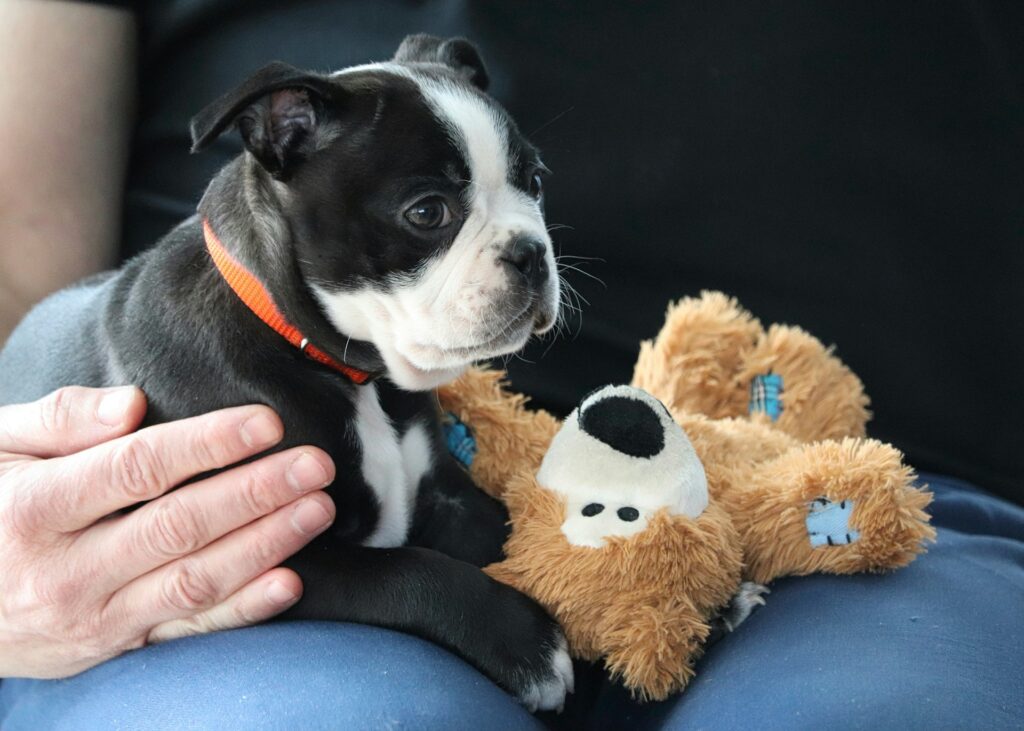
There’s a lot to think about, and it’s easy to miss things when you’re caught up in the idea of walks, cuddles, and funny moments. Whether you’ve just adopted a rescue cat or brought home a brand-new puppy, some slip-ups are more common than you’d think. And while you don’t need to be perfect, knowing what to watch out for can save you (and your pet) a lot of stress down the line. Here are some common mistakes first-time pet owners tend to make—and what you can do instead.
Jumping in without doing proper research
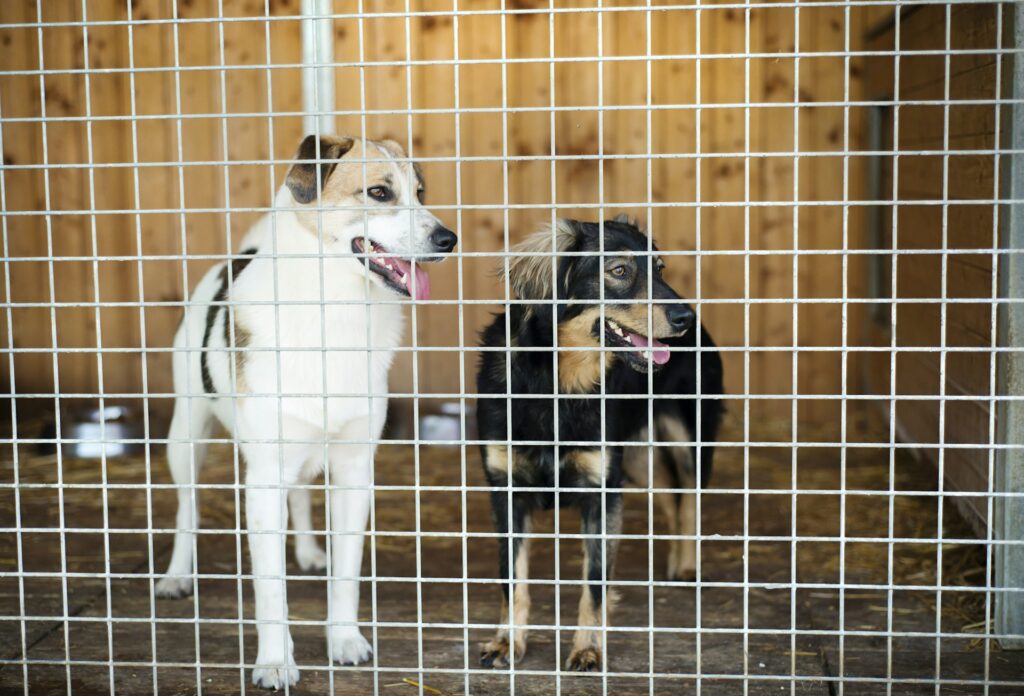
It’s easy to fall for a cute face in a shelter or get swept up in the excitement of a friend’s new litter. But not every pet suits every lifestyle. Some breeds need constant attention or high energy levels. Some are known for being loud, anxious, or a bit of a handful. It’s important to go beyond looks and actually learn about what a breed—or mix—might need day to day. That includes exercise, temperament, grooming, and health risks. If you don’t do this part properly, you can end up feeling overwhelmed or frustrated with a pet that simply isn’t a good match for your routine or household.
Underestimating how much time it all takes

Pets aren’t something you just fit in around your life—they’re part of your life. First-timers often imagine a dog who sleeps quietly when you’re busy and perks up at just the right time for a walk. But in reality, you’re on their schedule as much as they’re on yours. Puppies need toilet training every hour or so. Cats need regular feeding, playtime, and a clean litter box. Rabbits can’t just live in a hutch and be left alone all day. If you’re not ready for the daily demands, you might find yourself resenting the commitment.
Thinking training is just for dogs
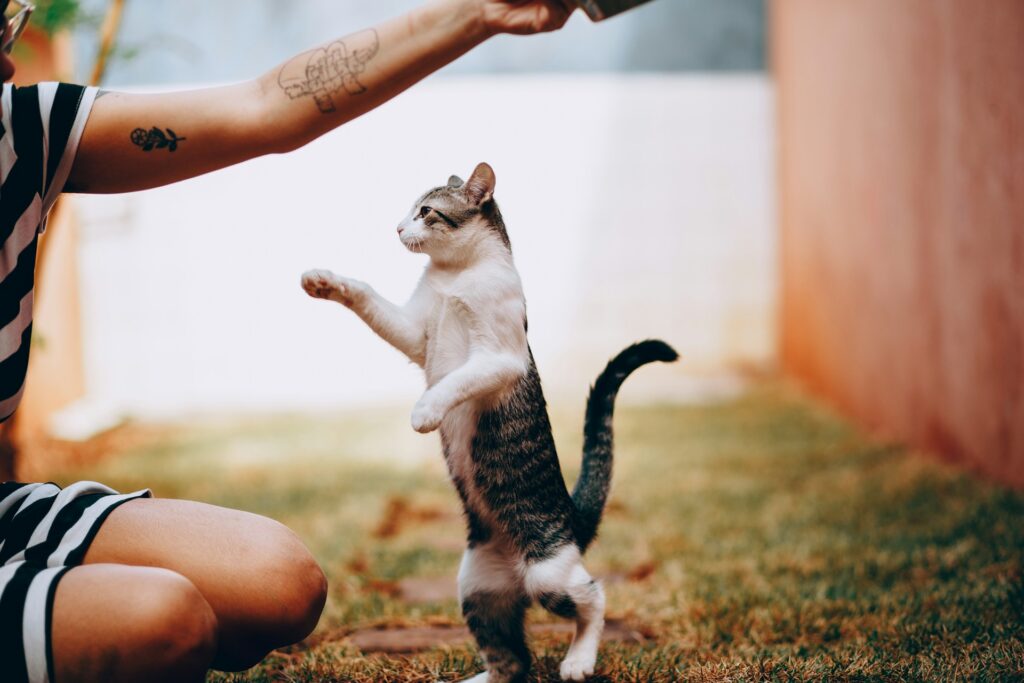
Cats, rabbits, even guinea pigs—training isn’t just for canines. One of the biggest mistakes new pet owners make is assuming animals will just “figure it out” on their own. Whether it’s scratching furniture, biting hands, or constantly begging for food, most pets will push the boundaries if you don’t set any. Training is about teaching your pet what’s okay and what’s not. And it doesn’t have to be harsh—most pets respond well to calm, consistent guidance and rewards for doing the right thing.
Letting bad habits slide in the early days

It’s tempting to shrug off early behaviour that feels cute or harmless. A puppy chewing your slipper might make you laugh at first. A kitten jumping on counters might seem playful. But if you don’t stop these behaviours early, you’re teaching your pet they’re allowed. What’s sweet in a 10-week-old becomes frustrating in a full-grown animal. Set boundaries from the start, even if it feels like overkill at the time. Your future self will thank you.
Not pet-proofing your home properly
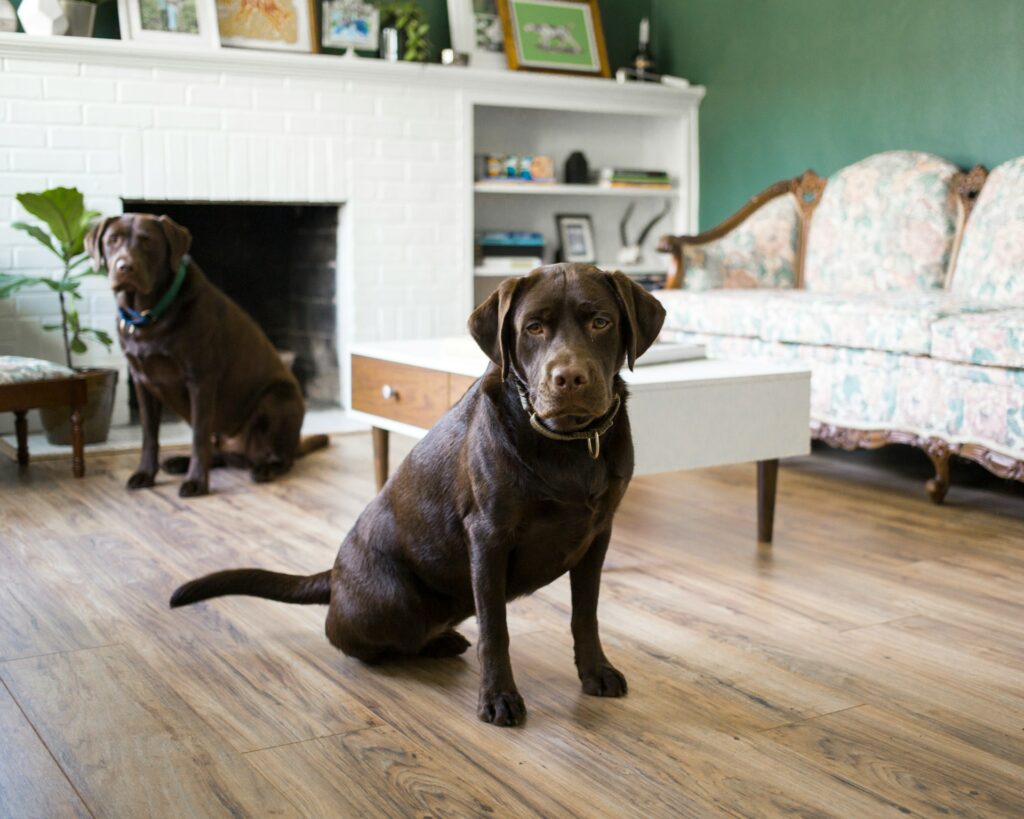
Just like toddlers, pets are curious and often have no idea what’s dangerous. Electrical cords, toxic houseplants, certain foods, small objects, cleaning supplies—the list of potential risks is long. First-time owners often assume a pet will just leave things alone, but that’s rarely the case. If it’s chewable, sniffable, or looks remotely like food, it’s probably going in their mouth. Taking time to make your home safer—before your pet even walks through the door—can stop disasters before they happen.
Overfeeding without meaning to

Pet food labels can be confusing, and a lot of people give extra treats without realising how quickly it adds up. A dog that’s just 5kg overweight isn’t “a bit chunky”—it’s carrying strain on its joints, heart, and organs. The same goes for cats, rabbits, and even hamsters. People love to show affection with food, but most pets don’t need nearly as much as you think. If your pet is getting rounder, it’s not cute—it’s a health issue. A proper feeding routine, with measured portions and limited extras, keeps them healthy and avoids future vet bills.
Skipping socialisation in the early months

If you’ve got a puppy or a young animal, those early months are a prime time for social learning. It’s when they figure out what’s scary, what’s safe, and how to respond to the world around them. First-timers often wait too long, either because they’re nervous or they think they’ll do it “later.” But that window closes quickly. Without good social experiences early on—new people, dogs, environments, and noises—some pets grow up anxious or reactive. You don’t have to throw them into chaos, but gradually introducing new things can build confidence that lasts a lifetime.
Delaying the first vet visit

It’s easy to put it off, especially if your pet seems healthy. But that initial vet check does more than just give peace of mind. It starts a health record, gives you advice tailored to your pet, and allows early problems to be picked up. It’s also a good time to discuss vaccinations, neutering, microchipping, and parasite prevention. The sooner you get this sorted, the smoother everything else tends to go. And it helps your pet get used to the vet while they’re still young and flexible.
Assuming pets can be left alone all day

Some people get a pet and go straight back to their usual schedule—out the door for work at 7am, back at 6pm. That doesn’t work for most animals. Dogs can get anxious or destructive if left too long. Even cats, who are more independent, need stimulation and company. It’s not fair to expect any pet to sit alone for ten hours a day. If your lifestyle means you’re rarely home, a pet might not be the right decision just yet—or you’ll need to look at pet sitters, dog walkers, or day care options.
Getting caught up in online advice

There’s no shortage of opinions online about what you should be doing as a pet owner. Raw food debates, crate training arguments, grooming advice that contradicts itself—it’s easy to feel overwhelmed. While online groups can be helpful, it’s better to find a vet you trust and stick to a plan that works for your pet. What’s perfect for one dog might be awful for another. Trust your instincts and focus on what keeps your pet healthy, calm, and happy in your home.
Expecting everything to go smoothly
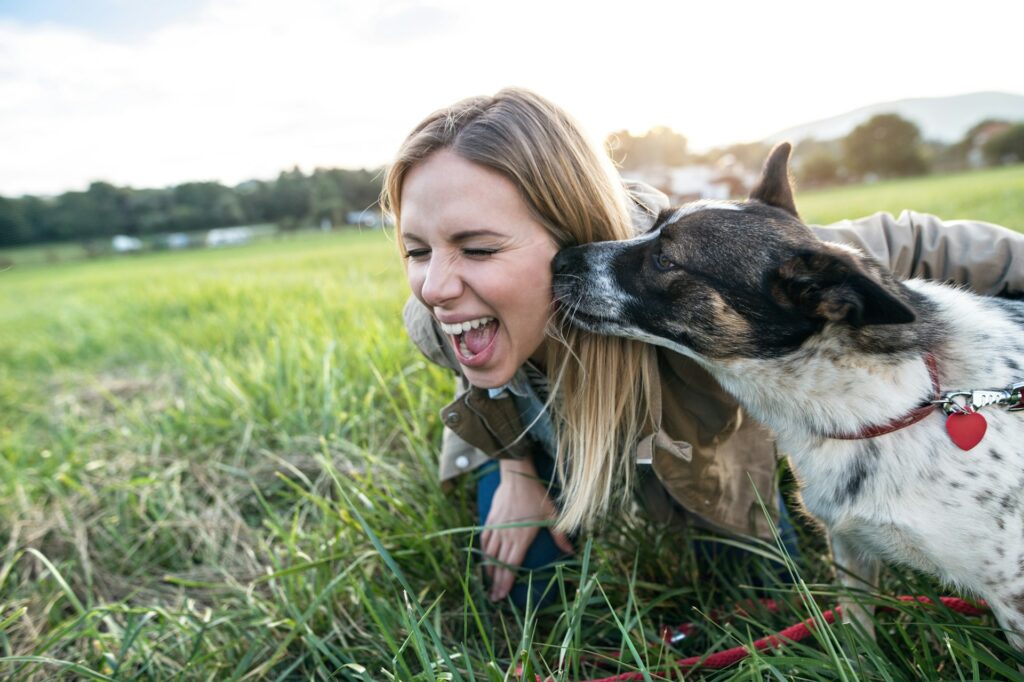
Even with all the prep in the world, there are going to be rough patches. Toilet accidents, scratched furniture, chewed belongings, sleepless nights—it happens. A lot of first-timers feel like they’ve done something wrong when things aren’t perfect. But getting used to each other takes time. Your pet isn’t trying to annoy you—they’re learning too. Don’t expect perfection right away, and don’t give up if it gets hard. With patience, things usually start to fall into place.
Forgetting pets get bored too
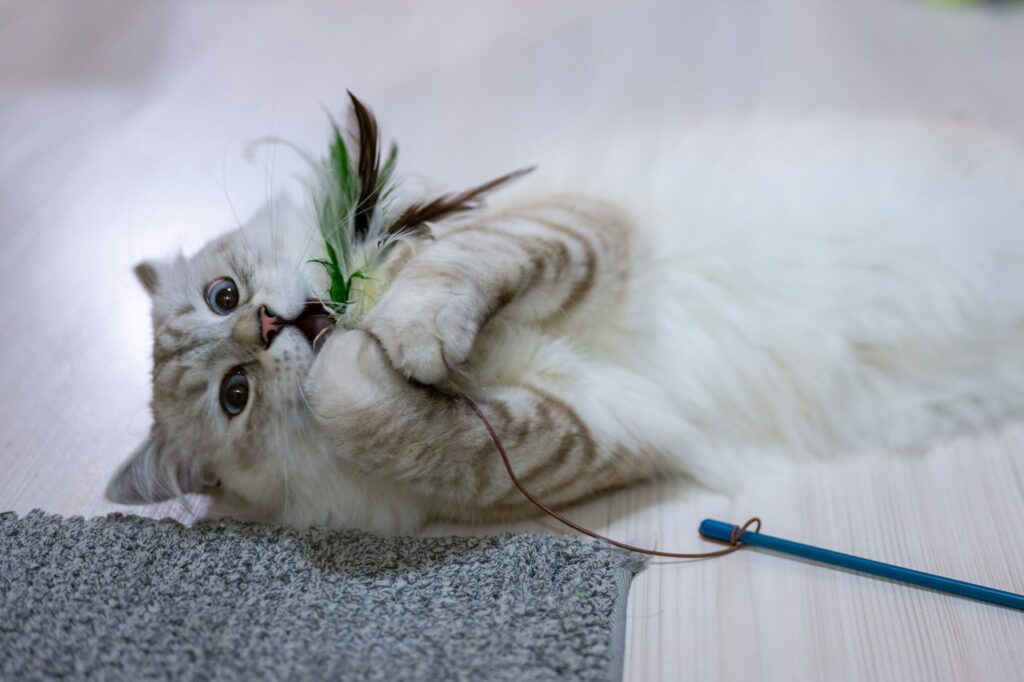
People often think exercise is enough. A long walk, a quick play in the garden, a feather toy for a few minutes. But pets need mental stimulation just as much. Dogs get bored without challenges—sniffing games, puzzle feeders, learning tricks. Cats need places to climb, things to hunt, and changes to their environment. Even small animals like rats or parrots thrive on variety. Bored pets tend to act out—barking, chewing, meowing constantly—not because they’re “bad,” but because they’ve got nothing else to do.
Don’t be discouraged!
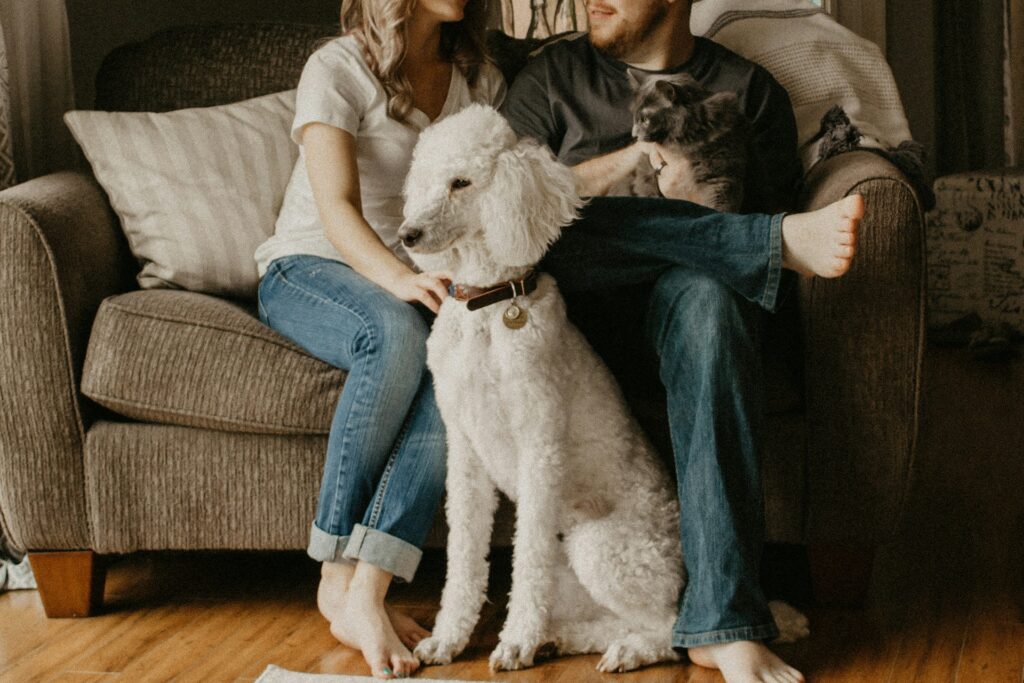
Having a pet is one of the most rewarding things you can do—but it also takes work. A bit of preparation, a lot of patience, and some realistic expectations can make all the difference. The bond you build with your pet isn’t automatic—it grows through the daily care, the shared routines, and those small moments that make all the effort worth it.